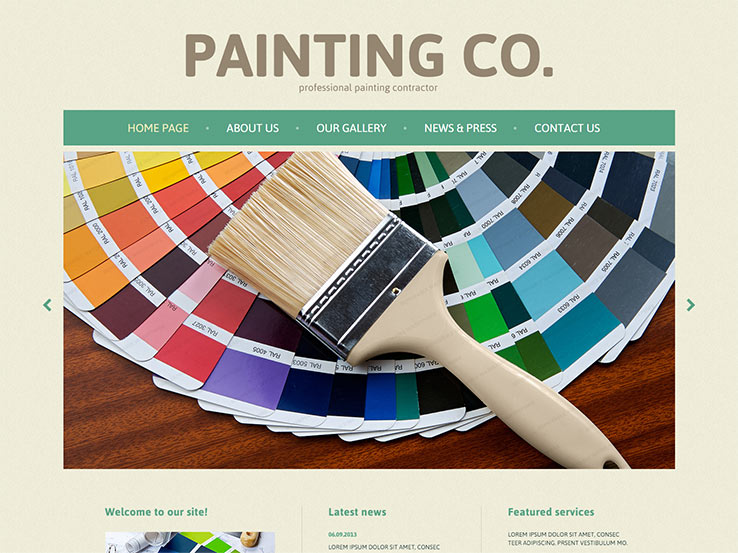Check Out The Influence Of Seasonal Components On The Effectiveness Of Industrial Outside Paint And Determine The Optimum Times To Accomplish Enduring Results For Your Project
Check Out The Influence Of Seasonal Components On The Effectiveness Of Industrial Outside Paint And Determine The Optimum Times To Accomplish Enduring Results For Your Project
Blog Article
Published By-McLamb Chaney
When you're planning an industrial exterior paint job, seasonal factors can make or damage your results. You'll intend to take into consideration just how temperature level and moisture influence paint application and drying out times. Choosing the right season can guarantee your paint adheres properly and lasts much longer. Yet which seasons are truly the most effective for this kind of work? Allow's discover the crucial elements that can influence your task's success.
The Influence of Temperature Level on Paint Application
When you're preparing an industrial outside paint task, the temperature level can dramatically influence exactly how well the paint adheres and dries out.
Ideally, you wish to paint when temperature levels vary between 50 ° F and 85 ° F. If it's as well cool, the paint may not treat correctly, resulting in problems like peeling off or fracturing.
On the flip side, if it's as well hot, the paint can dry out as well promptly, avoiding appropriate bond and resulting in an unequal coating.
You ought to also consider the moment of day; early morning or late afternoon supplies cooler temperature levels, which can be much more beneficial.
Constantly examine the maker's recommendations for the certain paint you're using, as they commonly supply advice on the suitable temperature array for ideal outcomes.
Humidity and Its Effect on Drying Times
Temperature level isn't the only ecological factor that influences your industrial outside painting task; humidity plays a considerable duty also. High moisture degrees can reduce drying out times significantly, affecting the total quality of your paint work.
When the air is saturated with moisture, the paint takes longer to treat, which can cause problems like poor bond and a greater danger of mold development. If you're painting on a particularly damp day, be gotten ready for prolonged wait times between layers.
It's vital to check regional weather and plan appropriately. Preferably, go for moisture levels between 40% and 70% for optimal drying out.
Keeping straight line in mind guarantees your job stays on track and provides a long-term finish.
Best Seasons for Commercial Outside Painting Projects
What's the most effective time of year for your industrial outside painting projects?
Spring and early fall are normally your best options. During these periods, temperatures are light, and humidity degrees are typically reduced, creating optimal conditions for paint application and drying.
relevant web page , which can cause paint to dry too quickly, resulting in bad attachment and finish. In a similar way, winter's cool temperature levels can hinder correct drying out and healing, risking the long life of your paint work.
Go for days with temperature levels between 50 ° F and 85 ° F for ideal outcomes. Bear in mind to examine the regional weather prediction for rainfall, as damp problems can ruin your project.
Planning around these factors ensures your paint task runs smoothly and lasts much longer.
Final thought
In conclusion, planning your business external painting jobs around seasonal factors to consider can make a significant difference in the end result. By organizing work throughout the optimal temperature levels and moisture degrees, you'll make sure far better attachment and drying times. Keep in mind to keep an eye on local weather prediction and choose the correct time of year-- spring and early loss are your best bets. Taking these steps will assist you attain a durable and specialist surface that lasts.
